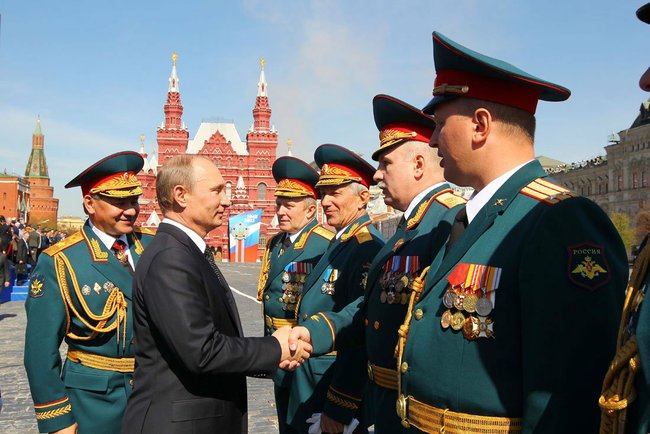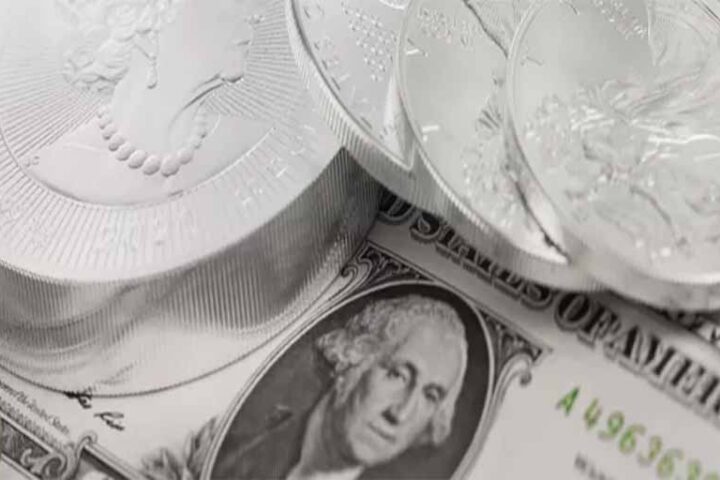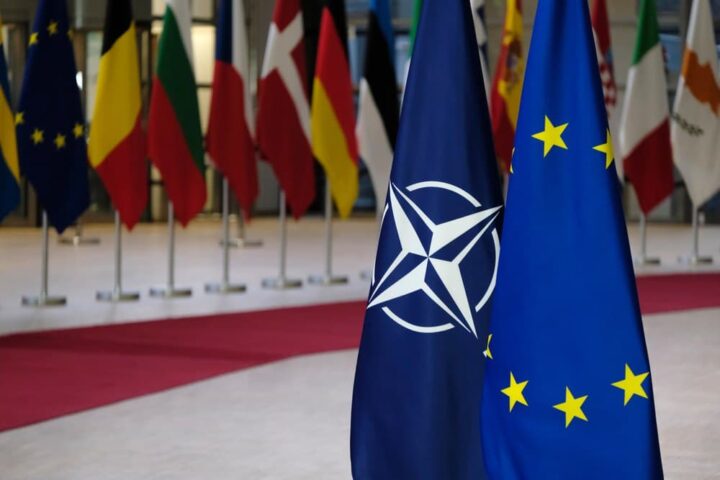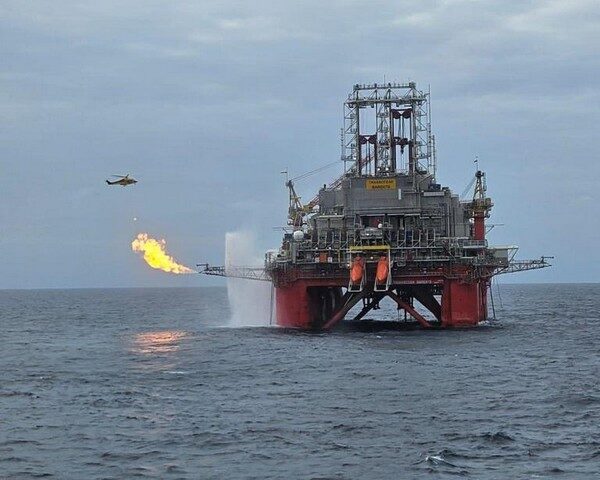The war in Ukraine has disrupted decades of peace and stability in Europe, threatening years of economic and social progress in the region. Russia benefited enormously from the cooperation with its European neighbours and although Vladimir Putin managed to survive on the international stage up until the invasion of Ukraine on February 24, as an elected leader he has now been isolated.
“In a matter of weeks, it went from a highly integrated economy to one of the world’s most heavily sanctioned countries, and governments are going so far as to subvert long-standing policies and traditions to pour weapons and other equipment into Ukraine,” wrote Adam Taylor in the Washington Post.
Earlier in April, the UN General Assembly adopted a resolution with a two-third majority which called for Russia to be suspended from the Human Rights Council.
This represents a victory of the democratic nations that support the rule of law, but it also opens the gates of evil forces to run wild without any regard or respect for human rights. Putin’s invasion in Russia could have been prevented if the country enjoyed true democracy and free media.
After two successful military operations, first in Georgia and later in Crimea, Putin thought that he had amassed enough military power that the West would simply stand by and watch helpless his military marching unopposed through the rest of Ukraine.
Putin saw democratic differences as divisions among western allies. Perhaps he felt that the Germans were so dependent for their energy on Russian supplies that this would never frustrate their ties with Russia, let alone turn against him at an enormous economic cost.
And although Putin initially cited NATO expansion as the main reason for his invasion, now it seems that he has achieved what decades of American diplomacy has failed – to convince two powerful Nordic countries, Sweden and Finland, to join the alliance.
This represents a setback for Putin’s policy to contain NATO even though the alliance has only defence objectives. Now, people in both Finland and Sweden view Russian aggression in Ukraine as an existential threat that can only be addressed through a powerful and reliable defence alliance that NATO can provide.
But the war in Ukraine had more unintended consequences. It allowed China to re-examine its objectives in Taiwan and calculate the economic consequences of a military adventure.
Joe Biden warned China last month that the US will defend Taiwan, a statement that angered the Chinese but left no ambiguity of what the Chinese leader will be up against if he decides to take military action in order to take Taiwan by force.
Steadfast commitment
According to the State Department, “since January 2021, the U.S. has invested more than $5.3 bln in security assistance to demonstrate our enduring and steadfast commitment to Ukraine’s sovereignty and territorial integrity. This includes more than $4.6 bln since Russia launched its premeditated, unprovoked, and brutal war against Ukraine on February 24.
“Since 2014, the United States has provided more than $7.3 bln in security assistance for training and equipment to help Ukraine preserve its territorial integrity, secure its borders, and improve interoperability with NATO.”
That assistance helped tip the balance in the battlefield in favour of Ukraine and draw more resources from Russia to preserve earlier gains in the war.
Now, Russia is fighting a war of attrition in the Donbas region making small gains almost daily for the past month at a huge cost. President Zelensky admitted that Russia currently occupies 20% of Ukraine. But while arms shipments continue to flow uninterrupted from the West to Ukraine, Russia cannot replenish its military assets at the same pace.
The high tech defence systems Ukraine is using, such as antitank weapons and drones, have taken a huge toll on Russian forces which is now bringing massive numbers of T62s first introduced in the Soviet Union in 1961 and was the main battle tank at the time. The Russian army is running low on T72s and doesn’t want to use any more of their modern tanks which are increasingly falling prey to smart tactics the Ukrainians are employing with the use of western defence systems.
Now, the U.S. has pledged more help to Ukraine in a bid to defeat the Russian army in Ukraine and humiliate Putin not just in the eyes of the world, but most importantly his countrymen.
Senate approval
Earlier in May, the Biden administration secured Senate approval for a new $40 bln aid package for Ukraine, more than half of the entire Russian defence budget which in 2021 rose to $65.9 bln or 4.1% of the country’s GDP.
The U.S. in contrast spent $801 bln on defence the same year or 3.4% of its GDP. By supplying Ukraine with advanced missile systems, the U.S. seeks to enhance Ukraine’s military capabilities without having to supply its army with fighter jets that many NATO countries have in their arsenal. Already, the Russians are complaining that the U.S. is prolonging the war, as if it was Ukraine that attacked Russia.
As the fighting continues well into its fourth month, small gains made by the Russian army in the Donbass region encourages Putin to throw more resources in the battlefield to win more territory and have greater leverage in future negotiations. However, this is a trap. The Russians are committing to a war of attrition they cannot possibly win even if their army showed more willingness to fight.
On the contrary, the Ukrainian army is getting stronger by the day as more troops receive training and gain experience in the battlefield and they are motivated by anger. The war will continue well into 2023 at which point the Russian army will have to commit even greater resources to defend earlier gains.
Also, 2023 will be the year that the Russian army will cease offensive operations and will seek a peace agreement that is unlikely to come. The ultimate goal of the U.S. strategy is to bring Putin down by some sort of an internal coup and force the new government to negotiate a peace agreement that will entail reparations to Ukraine in exchange for lifting sanctions, though relations will take decades to be fully restored.
Ultimately, the fate of Ukraine will be decided not only in the battlefield, but in the factories far away that supply the opposing armies. There’s little doubt of what the capabilities of each side are. Taiwan export restrictions on advanced chip technology have impacted Russia in many ways.
So, the Russian army will have to use more artillery instead of precision guided missiles in order to keep enough stock for a potentially new conflict. After all, Russia’s enemies are increasing by the day and it make sense to keep some stockpile.
Michael S. Olympios is an economist, business advisor, and Editorial Consultant to the Financial Mirror










